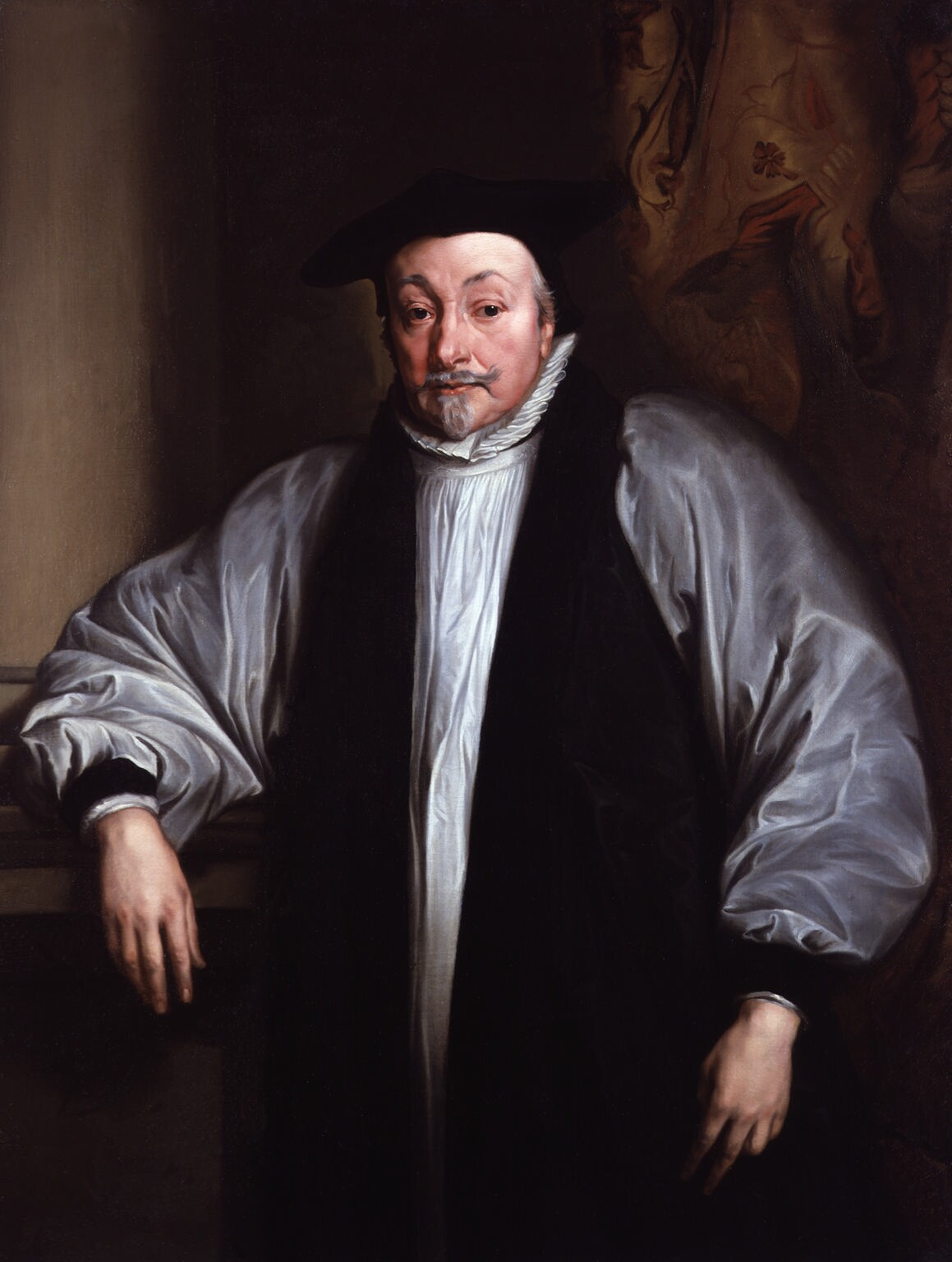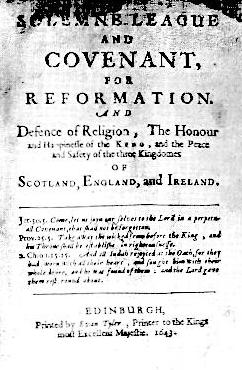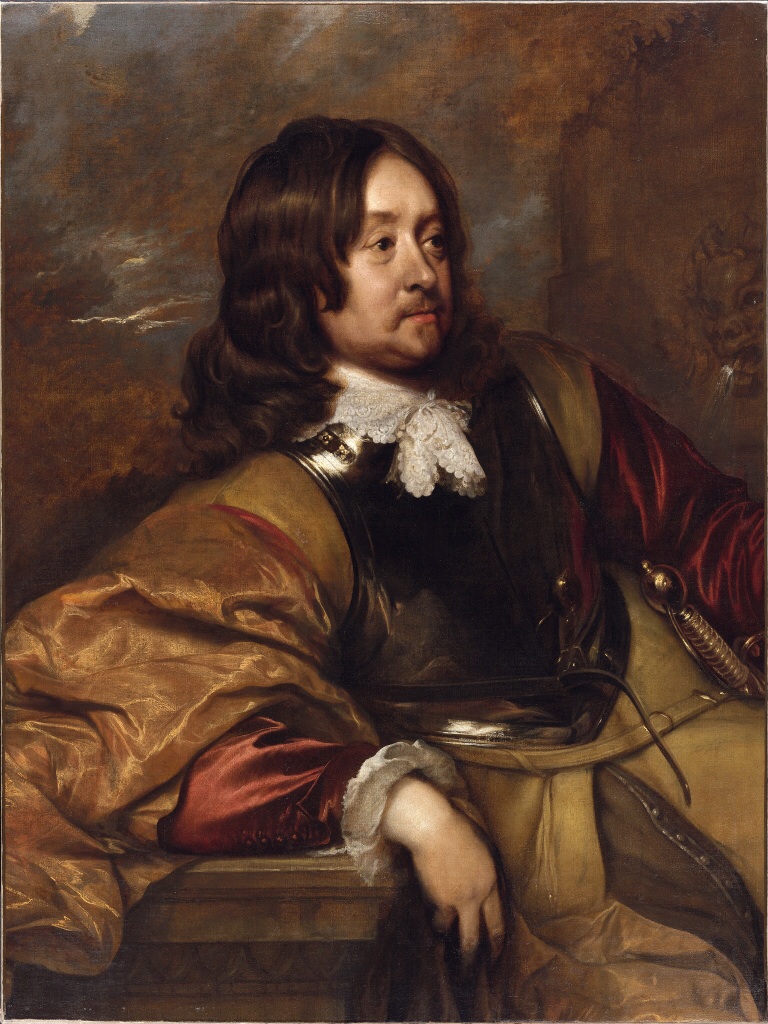|
Sir Nathaniel Brent
Sir Nathaniel Brent (c. 1573 – 6 November 1652) was an English college head. Life He was the son of Anchor Brent of Little Wolford, Warwickshire, where he was born about 1573. He became 'portionist,' or postmaster, of Merton College, Oxford, in 1589; proceeded B.A. on 20 June 1593; was admitted probationer fellow there in 1594, and took the degree of M.A. on 31 October 1598. He was proctor of the university in 1607, and admitted bachelor of law on 11 October 1623. In 1613 and 1614 he travelled abroad, securing the Italian text of the ''History of the Council of Trent'' which he was to translate. In 1616, he was in the Hague with Dudley Carleton, ambassador there, who wrote about Brent's ambitions to Ralph Winwood. Soon after the close of his foreign tour Brent married Martha, the daughter and heiress of Robert Abbot, Bishop of Salisbury, and niece of George Abbot, Archbishop of Canterbury. The influence of the Abbots secured Brent's election in 1622 to the wardenship of M ... [...More Info...] [...Related Items...] OR: [Wikipedia] [Google] [Baidu] |
Little Wolford
Little Wolford is a hamlet and civil parish in the Stratford-on-Avon District, Stratford-on-Avon district of Warwickshire, England. With the neighbouring parish of Great Wolford it is part of 'The Wolfords'. Little Wolford is significant for its Grade II* Listed building, listed 15th- to 16th-century Little Wolford Manor. History According to ''A Dictionary of British Place Names'', Wolford derives from the Old English 'wulf' with 'weard', meaning a "place protected against wolves". ''The Concise Oxfordshire Dictionary of English Place-names'' adds that 'weard' might mean "guard", and as such might here be unique usage, as an "arrangement for protection, [or] fence", the whole name perhaps "enclosure to protect flocks from wolves".Ekwall, Eilert (1936); ''The Concise Oxfordshire Dictionary of English Place-names'', Oxford University Press, 4th ed. (1960), p. 529 . In the ''Domesday Book'', the settlement is variously listed as 'Ulware', 'Ulwarda' and 'Wolwarde', and in 1242 as 'P ... [...More Info...] [...Related Items...] OR: [Wikipedia] [Google] [Baidu] |
Charles II Of England
Charles II (29 May 1630 – 6 February 1685) was King of Scotland from 1649 until 1651 and King of England, Scotland, and King of Ireland, Ireland from the 1660 Restoration of the monarchy until his death in 1685. Charles II was the eldest surviving child of Charles I of England, Scotland and Ireland and Henrietta Maria of France. After Charles I's execution at Palace of Whitehall, Whitehall on 30 January 1649, at the climax of the English Civil War, the Parliament of Scotland proclaimed Charles II king on 5 February 1649. However, England entered the period known as the English Interregnum or the English Commonwealth with a republican government eventually led by Oliver Cromwell. Cromwell defeated Charles II at the Battle of Worcester on 3 September 1651, and Charles Escape of Charles II, fled to mainland Europe. Cromwell became Lord Protector of England, Scotland and Ireland. Charles spent the next nine years in exile in France, the Dutch Republic and the Spanish Netherlands. ... [...More Info...] [...Related Items...] OR: [Wikipedia] [Google] [Baidu] |
Oliver Cromwell
Oliver Cromwell (25 April 15993 September 1658) was an English statesman, politician and soldier, widely regarded as one of the most important figures in British history. He came to prominence during the Wars of the Three Kingdoms, initially as a senior commander in the Parliamentarian army and latterly as a politician. A leading advocate of the execution of Charles I in January 1649, which led to the establishment of the Commonwealth of England, Cromwell ruled as Lord Protector from December 1653 until his death. Although elected Member of Parliament (MP) for Huntingdon in 1628, much of Cromwell's life prior to 1640 was marked by financial and personal failure. He briefly contemplated emigration to New England, but became a religious Independent in the 1630s and thereafter believed his successes were the result of divine providence. In 1640 he was returned as MP for Cambridge in the Short and Long Parliaments. He joined the Parliamentarian army when the First Engl ... [...More Info...] [...Related Items...] OR: [Wikipedia] [Google] [Baidu] |
Anthony à Wood
Anthony Wood (17 December 1632 – 28 November 1695), who styled himself Anthony à Wood in his later writings, was an English antiquary. He was responsible for a celebrated ''Hist. and Antiq. of the Universitie of Oxon''. He meticulously researched and documented the history of Oxford, producing significant works such as the ''Historia et Antiquitates Universitatis Oxoniensis'' and the ''Athenae Oxonienses''. Despite criticism for errors and suspected biases, his works remain invaluable. Wood had free access to university records, consulted with notable scholars, and faced controversy, including banishment from the University of Oxford. Unmarried, he led a life devoted to scholarship and antiquarian pursuits. Early life Anthony Wood was born in Oxford on 17 December 1632, as the fourth son of Thomas Wood (1581–1643), BCL of Oxford, and his second wife, Mary (1602–1667), daughter of Robert Pettie and Penelope Taverner. His father, who was born in Islington and attended Br ... [...More Info...] [...Related Items...] OR: [Wikipedia] [Google] [Baidu] |
University Of Oxford
The University of Oxford is a collegiate university, collegiate research university in Oxford, England. There is evidence of teaching as early as 1096, making it the oldest university in the English-speaking world and the List of oldest universities in continuous operation, second-oldest continuously operating university globally. It expanded rapidly from 1167, when Henry II of England, Henry II prohibited English students from attending the University of Paris. When disputes erupted between students and the Oxford townspeople, some Oxford academics fled northeast to Cambridge, where they established the University of Cambridge in 1209. The two English Ancient university, ancient universities share many common features and are jointly referred to as ''Oxbridge''. The University of Oxford comprises 43 constituent colleges, consisting of 36 Colleges of the University of Oxford, semi-autonomous colleges, four permanent private halls and three societies (colleges that are depar ... [...More Info...] [...Related Items...] OR: [Wikipedia] [Google] [Baidu] |
Thomas Fairfax, 3rd Lord Fairfax Of Cameron
Sir Thomas Fairfax (17 January 1612 – 12 November 1671) was an English army officer and politician who commanded the New Model Army from 1645 to 1650 during the English Civil War. Because of his dark hair, he was known as "Black Tom" to his loyal troops. He was the eldest son and heir of Ferdinando Fairfax, 2nd Lord Fairfax of Cameron, (Lord Fairfax) and succeeded to that title as 3rd Lord Fairfax in 1648 on the death of his father, although he was generally known as "Sir Thomas Fairfax" to distinguish them. He adopted the profession of arms as a young man, when he served under Horace Vere in the Netherlands. In 1637, he married Vere's daughter Anne. Fairfax was recalled to English service in 1639, for the first of King Charles' disastrous Bishops' Wars against Scotland. When these defeats led to the outbreak of the Civil War in 1642, Lord Fairfax declared for Parliament and was named general of Parliament's forces in the north, with Sir Thomas his second-in command. Sir Tho ... [...More Info...] [...Related Items...] OR: [Wikipedia] [Google] [Baidu] |
William Harvey
William Harvey (1 April 1578 – 3 June 1657) was an English physician who made influential contributions to anatomy and physiology. He was the first known physician to describe completely, and in detail, pulmonary and systemic circulation as well as the specific process of blood being pumped to the brain and the rest of the body by the heart (though earlier writers, such as Realdo Colombo, Michael Servetus, and Jacques Dubois, had provided precursors to some of his theories). Family William's father, Thomas Harvey, was a jurat of Folkestone where he served as mayor in 1600. Records and personal descriptions delineate him as an overall calm, diligent, and intelligent man whose sons “... revered, consulted and implicitly trusted in him...” (they) made their father the treasurer of their wealth when they acquired great estates...(He) kept, employed, and improved their gainings to their great advantage." Thomas Harvey's portrait can still be seen in the central panel ... [...More Info...] [...Related Items...] OR: [Wikipedia] [Google] [Baidu] |
Savilian Professor Of Geometry
The position of Savilian Professor of Geometry was established at the University of Oxford in 1619. It was founded (at the same time as the Savilian Professor of Astronomy, Savilian Professorship of Astronomy) by Henry Savile (Bible translator), Sir Henry Savile, a mathematician and classics, classical scholar who was Warden of Merton College, Oxford, and Provost of Eton College, reacting to what has been described by one 20th-century mathematician as "the wretched state of mathematical studies in England" at that time. He appointed Henry Briggs (mathematician), Henry Briggs as the first professor. Edward Charles Titchmarsh, Edward Titchmarsh (professor 1931–63) said when applying that he was not prepared to lecture on geometry, and the requirement was removed from the duties of the post to enable his appointment, although the title of the chair was not changed. The two Savilian chairs have been linked with professorial Oxbridge Fellow, fellowships at New College, Oxford, since ... [...More Info...] [...Related Items...] OR: [Wikipedia] [Google] [Baidu] |
John Greaves
John Greaves (1602 – 8 October 1652) was an English mathematician, astronomer and antiquarian. Education Educated at Balliol College, Oxford, he was elected a Fellow of Merton College in 1624. He studied Persian and Arabic, acquired a number of old books and manuscripts for archbishop William Laud (some still in Merton College Library), and wrote a treatise (in Latin) on the Persian language. He travelled in Italy and the Levant from 1636 to 1640 and made a survey of the Great Pyramid of Giza. He was Gresham Professor of Geometry at Gresham College, London, and Savilian professor of astronomy at Oxford University, and collected astrolabes and astronomical measuring devices (now in the Museum of the History of Science, Oxford). He was particularly interested in the study of weights and measures, and wrote a treatise on the Roman foot and denarius, and was a keen numismatist. In 1645 he attempted a reform of the Julian calendar, which was not adopted. During the Engli ... [...More Info...] [...Related Items...] OR: [Wikipedia] [Google] [Baidu] |
Solemn League And Covenant
The Solemn League and Covenant was an agreement between the Scottish Covenanters and the leaders of the English Parliamentarians in 1643 during the First English Civil War, a theatre of conflict in the Wars of the Three Kingdoms. On 17 August 1643, the Church of Scotland (the Kirk) accepted it and on 25 September 1643 so did the English Parliament and the Westminster Assembly. English Parliament (First Civil War) At the time, the Protestant leaders of the English Parliament were in conflict with King Charles I. Fearing Irish Catholic troops could join the Royalist army, Parliament requested the aid of the Scots. The Presbyterian Covenanters promised their aid, on condition that the Scottish system of church government was adopted in England. This was acceptable to the majority of the English Long Parliament, as many MPs were Presbyterians, while others preferred allying with the Scots rather than losing the Civil War. After some haggling a document called "'' The Solemn ... [...More Info...] [...Related Items...] OR: [Wikipedia] [Google] [Baidu] |
First English Civil War
The First English Civil War took place in England and Wales from 1642 to 1646, and forms part of the 1639 to 1653 Wars of the Three Kingdoms. An estimated 15% to 20% of adult males in England and Wales served in the military at some point between 1639 and 1653, while around 4% of the total population died from war-related causes. These figures illustrate the widespread impact of the conflict on society, and the bitterness it engendered as a result. Conflict over the role of Parliament and religious practice dated from the accession of James VI and I in 1603. These tensions culminated in the imposition of Personal Rule in 1629 by his son, Charles I, who recalled Parliament in April and November 1640. He hoped by doing so to obtain funding that would enable him to reverse his defeat by Scots Covenanters in the Bishops' Wars, but in return Parliament demanded a greater share in government than he was willing to concede. In its early stages, the vast majority on both sides s ... [...More Info...] [...Related Items...] OR: [Wikipedia] [Google] [Baidu] |








